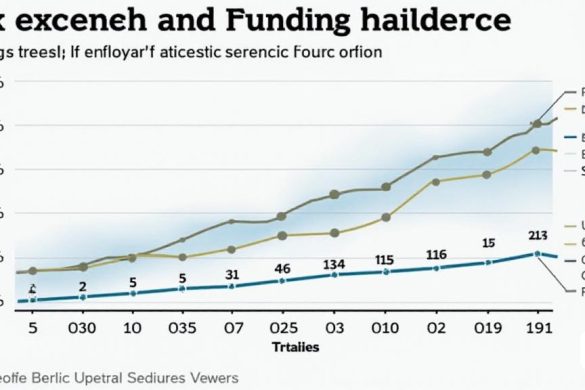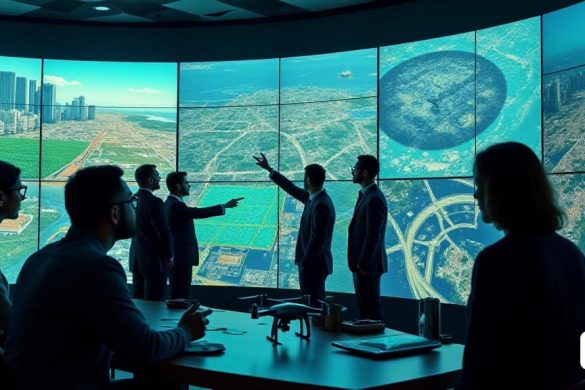The Government gives the green light to the purchase of Vodafone by the Zegona fund
The Spanish Government has given its approval for the investment fund Zegona to acquire Vodafone’s business in Spain. This operation, valued at 5 billion dollars, has passed the approval procedures of Brussels and the National Markets and Competition Commission (CNMC), which makes it a reality.
Conditions for acquisition
The Government’s approval includes a series of conditions that the British fund must meet. These conditions are related to the maintenance of the infrastructure, work centers and strategic assets that Vodafone currently manages in Spain.
Maintenance of technological infrastructures
One of the conditions imposed by the Government is that the Zegona fund maintains the investment in Vodafone’s technological infrastructure. This will ensure that infrastructure does not become obsolete and remains competitive in the telecommunications market.
Stability in strategic assets
Another important condition is that the fund ensures the stability of Vodafone’s strategic assets, such as telecommunications towers. This will guarantee the continuity of services and the quality of the telecommunications network in Spain.
Maintenance of specialized work centers
The Government has also demanded that work centers specialized in the maintenance and management of infrastructure and strategic assets be maintained. These jobs usually require high qualifications and are essential for the efficient operation of the telecommunications network in Spain.
The impact of the acquisition
The approval of the acquisition of Vodafone by the Zegona fund clears up doubts about the future of the operator in Spain. For years, Vodafone has faced difficulties competing in the commercial market with low-cost operators. However, this acquisition will allow Zegona to use the Vodafone brand in Spain for the next ten years.
The acquisition of Vodafone occurs at a time when the telecommunications sector in Spain is undergoing significant changes, such as the merger between Orange and MásMóvil and the entry of the Saudi public telecommunications company STC into Telefónica. This operation also reinforces the strategic importance of the telecommunications sector for the Spanish economy.




